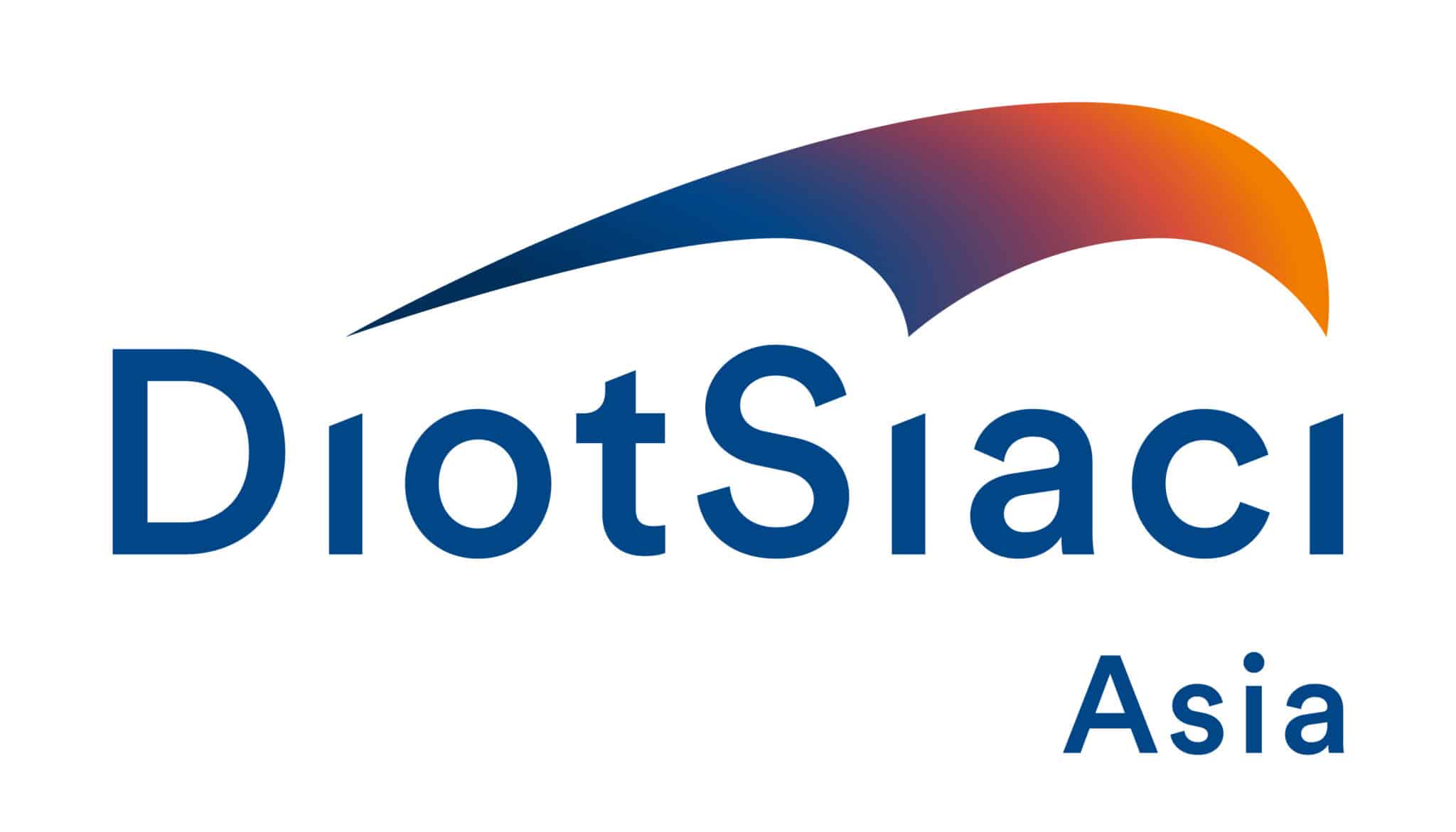Practical sun protection advice
The quest for a healthy suntan is largely a 20th century phenomenon. The more we learn of ultraviolet radiation, however, the more elusive that goal becomes. The unforgiving nature of sunlight causes sunburn, photo ageing and skin cancer, and this is the price many people may have to pay for a tan.
Sunlight is composed of a broad spectrum of different wavelengths of light. Ultraviolet (UV)light causes short-term and long-term side effects in the skin. Sunburn is an acute toxic reaction to overexposure to this ultraviolet light. After acute sun exposure, the skin becomes red, hot and painful and, if burning is severe, the skin can blister.
The development of premalignant and malignant skin tumours and skin ageing are long-term side effects of ultraviolet exposure. The shortest wavelength, ultraviolet B (UVB), is mainly responsible for the premalignant and malignant skin changes. Longer wavelength ultraviolet A (UVA) is responsible for photoaging of the skin (i.e. dry skin, wrinkles, loss of elasticity and uneven pigmentation). In recent years, there has been a massive increase in the
incidence of human skin cancer worldwide. The three major types of skin cancer are malignant melanoma, basal cell carcinoma and squamous cell carcinoma. The incidence of all 3 types of skin cancer in ‘fair-skinned’ people is greater the nearer they live to the equator.
The UV index is a tool that can be used to minimise exposure to UV radiation. Sun protection measures are recommended for UV index readings of 3 or more. Most weather apps have current UV index readings at your location to help guide decisions about sun protection.
There is no reason why, with proper education and correct precautions, people should not enjoy a sunny holiday or idyllic living in the tropics without putting themselves at risk of skin cancer.
Who is at risk?
Genetic factors influence susceptibility to cancer. Those at particular risk include pale-skinned, light or red haired people with a tendency to freckle or burn. People who have many pigmented moles (more than 50) and those with irregular moles are also at high risk. There is now good evidence that sunburn incurred before the age of 15 increases the risk of melanoma developing in later life. Therefore, it is particularly important to target children and young adults with advice about protection against sunburn.
First generation immigrants from temperate climates (eg. Scottish immigrants to Australia) are at higher risk than their children.
How to minimise sun-induced skin damage
A five-point approach to minimising skin damage from the sun is advised:
- Avoid midday sun: The intensity of UV light is highest in the middle of the day. Avoiding sun exposure between 10am and 3pm in Singapore significantly reduces the total ultraviolet exposure during the day.
- Seek natural shade: Staying in the shade, out of direct sunlight can be helpful. However, there may still be enough ultraviolet exposure from scattered sunlight to damage the skin, even if you are under an umbrella. Sunlight will reflect very easily from water, sand and solid objects.
- Appropriate clothing and hats: Clothing can protect the skin from the effects of the sun. Protection is unrelated to
the colour of the clothing but is specifically related to the weave of the cloth. Loosely woven materials, such as cotton T-shirts, give far less protection than those that are tightly woven. One of the best materials to provide sun protection is silk, which is both lightweight and tightly woven.
A broad-brimmed hat is recommended for everyone. This will provide protection for the face, scalp, ears and neck. - Sunscreen protection (SPF) of 30 or above: SunSmart Australia recommends SPF 30 and above. Most commercially available sunscreens protect against both UVA and UVB (broad-spectrum block). From a skin cancer point of view, UVB protection is the most important; whereas UVA protection will protect against skin ageing caused by the sun.
The UVB protection afforded by a sunscreen is graded and described on the package as the Sun Protection Factor (SPF). The SPF number indicates how much longer the user may stay in the sun before burning than if no sunscreen was used. This means that if you use an SPF 30 sunscreen properly you should be able to spend 30 times as long in the sunlight than you could without the sunscreen.
There are two groups of sunscreens: chemical sunscreens and physical sunscreens. Chemical sunscreens (e.g. those containing benzophenones or dibenzoylmethane) absorb UV radiation. Physical sunscreens (e.g. those containing titanium dioxide) protect mainly by reflecting UV radiation at the skin surface. A generous amount of sunscreen should be applied to clean, dry skin at least 20 minutes before going outside. The average-sized adult will need a teaspoon of sunscreen for the head and neck, for each limb and for the front and back of the body. All sunscreens should be reapplied every 2 hours or after swimming or sweating. - Sunglasses – sunglasses and a broad-brimmed hat when worn together can reduce UV radiation by 98%to the eyes and eyelids. Close-fitting, wrap-around sunglasses provide the best protection.



































